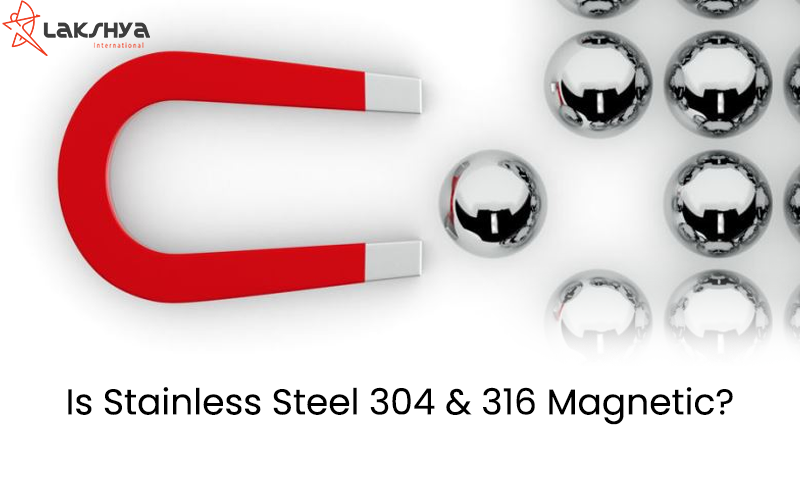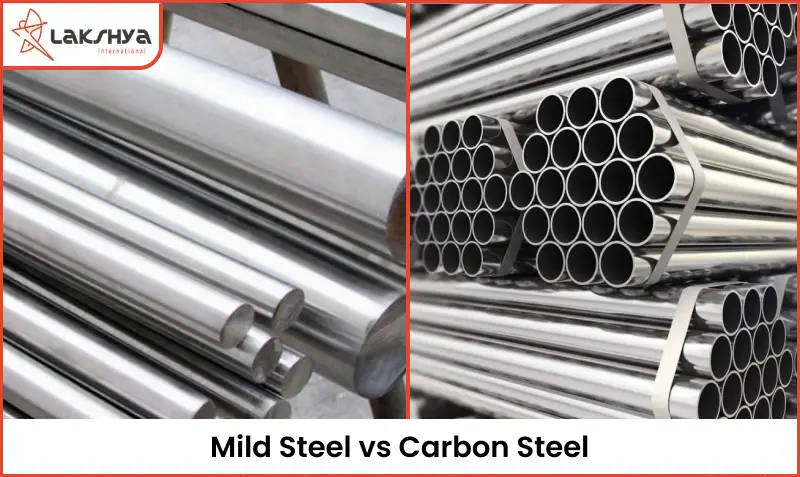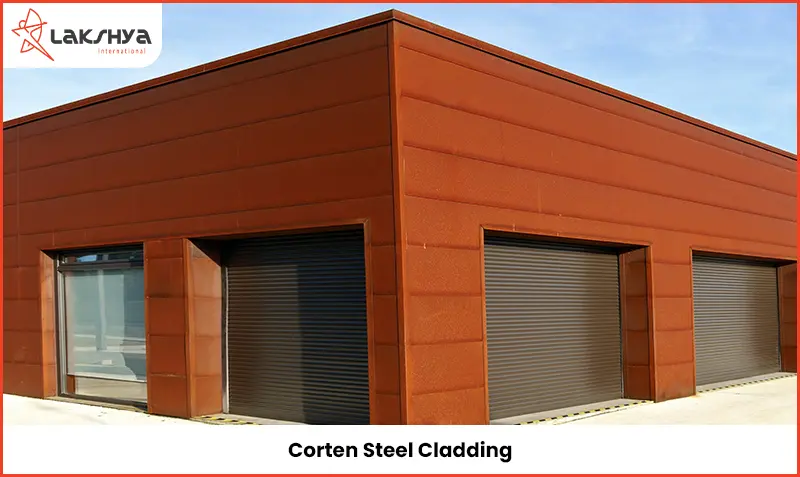Introduction:
Have you ever wondered whether stainless steel is magnetic or not? It’s a question that often elicits varying responses. Some believe stainless steel is completely non-magnetic, while others argue that it must be magnetic due to its iron content. The truth, however, lies in the grey area – stainless steel’s magnetic properties are more complex than a simple yes or no.
What is Stainless Steel?
Stainless steel is a versatile and widely used material in various industries. It is an alloy of iron, carbon, and a minimum of 10.5% chromium by mass. The chromium content is what imparts stainless steel its exceptional corrosion resistance properties. This alloy makes it an ideal choice for applications where durability and resistance to rust and stains are essential.
Types of Stainless Steel
There are numerous types of stainless steel alloys, each designed to serve specific purposes based on their composition. The most common types include:
a. Austenitic Stainless Steel:
This type is the most widely used and non-magnetic. It contains high levels of nickel and chromium, offering excellent corrosion resistance. Stainless steel grades like 304 and 316 fall into this category.
b. Ferritic Stainless Steel:
Ferritic grades have a body-centered cubic structure, making them magnetic. However, they have lower corrosion resistance compared to austenitic stainless steel.
c. Martensitic Stainless Steel:
This type is also magnetic and contains higher carbon content, making it harder and suitable for applications requiring high strength.
d. Duplex Stainless Steel:
Combining features of both austenitic and ferritic stainless steel, duplex grades offer enhanced strength and corrosion resistance.
Which Types are Magnetic & Non-Magnetic?
The magnetism of stainless steel largely depends on its chemical composition and the crystal structure of its constituents. Austenitic stainless steel, including popular grades like 304 and 316, is non-magnetic due to its high austenite content. On the other hand, ferritic and martensitic stainless steels are magnetic.
Additionally, some stainless steel grades can gain partial magnetism after undergoing specific treatments, such as forming or heat treatment. For instance, 304 can become slightly magnetic after cold working. On the flip side, certain stainless steel grades, like 420 and 430, are both magnetic and corrosion-resistant.
Type Analysis of Stainless Steel:
| Type 304 | Type 316 | |
| Carbon | 0.08% max. | 0.08% max. |
| Manganese | 2.00% max. | 2.00% max. |
| Phosphorus | 0.045% max. | 0.045% max. |
| Sulfur | 0.030% max. | 0.030% max. |
| Silicon | 1.00% max. | 1.00% max. |
| Chromium | 18.00-20.00 | 16.00-18.00 |
| Nickle | 8.00-10.50% | 10.00-14.00 |
| Molybdenum | – | 2.00-3.00% |
| 304 Stainless Steel | 316 Stainless Steel |
| Most common austenite stainless steel | Second most common austenite stainless steel (after grade 304) The addition of molybdenum up to a maximum of 3% makes it extremely corrosion-resistant. |
| Has good forming and welding properties | Can withstand corrosive attack by sodium and calcium brines, hypochlorite solutions, and phosphoric acid. |
| Corrosion /Oxidation resistance due to chromium content | Specified for industrial equipment that handles the corrosive process chemicals used to produce inks, rayons, photographic chemicals, paper, textiles, bleaches, and rubber. |
| Used for food processing equipment, especially for milk processing, beer brewing, winemaking | |
| Used to make tanks and containers for a large variety of liquids and solids | |
| Excellent toughness even in very low temperatures | |
| Ease of cleaning and of fabrication |
a. Austenitic Stainless Steel (Non-Magnetic):
- Stainless Steel 304: The most common stainless steel grade, known for its versatility and corrosion resistance.
- Stainless Steel 316: Offers higher corrosion resistance, making it suitable for marine and aggressive environments.
b. Ferritic Stainless Steel (Magnetic):
- Stainless Steel 430: Used in decorative applications, appliances, and automotive trim due to its magnetic properties.
c. Martensitic Stainless Steel (Magnetic):
- Stainless Steel 410: Often used in cutlery and mechanical parts for its high strength and moderate corrosion resistance.
Criteria for Stainless Steel Magnetism
The key factor determining magnetism in stainless steel is its crystal structure. Austenitic stainless steel has a face-centered cubic structure, while ferritic and martensitic stainless steel have body-centered cubic structures, which allow them to be magnetic.
Why is Magnetism Important in Stainless Steel?
Understanding the magnetism of stainless steel is crucial for various applications. For instance, in industries where magnetic properties are required, using non-magnetic stainless steel (such as 304 or 316) ensures that sensitive equipment or electronic components are not affected by magnetic fields.
Stainless Steels with Precipitation Hardening and Martensitic Characteristics
Used mainly for cutting applications, stainless steel becomes magnetic after hardening. Martensitic stainless steels like 410, 420, and 440 are inherently magnetic due to their unique crystal structure, which becomes ferromagnetic in the presence of iron. As stainless steel is a type of steel with a significant iron content, this explains why martensitic stainless steels exhibit magnetism.
Transformation from Non-Magnetic to Magnetic Phases
As mentioned earlier, some stainless steel grades can become slightly magnetic after undergoing mechanical processes like bending, deep drawing, or forming. These processes introduce stresses and alter the crystal structure, leading to magnetic behavior.
Practical Implications for Removal of Stainless Steel Particles
In industries where contamination by stainless steel particles is a concern, understanding the magnetic properties helps in employing magnetic separation techniques to remove such particles effectively.
Conclusion:
The magnetism of stainless steel is a fascinating aspect that varies with its chemical composition and crystal structure. Austenitic grades like 304 and 316 are non-magnetic, while ferritic and martensitic grades exhibit magnetic properties. Being aware of these distinctions enables us to choose the most suitable stainless steel for specific applications, ensuring optimal performance and corrosion resistance.
Checkout our new latest blog Schedule 40 vs Schedule 80 Pipe : Difference




